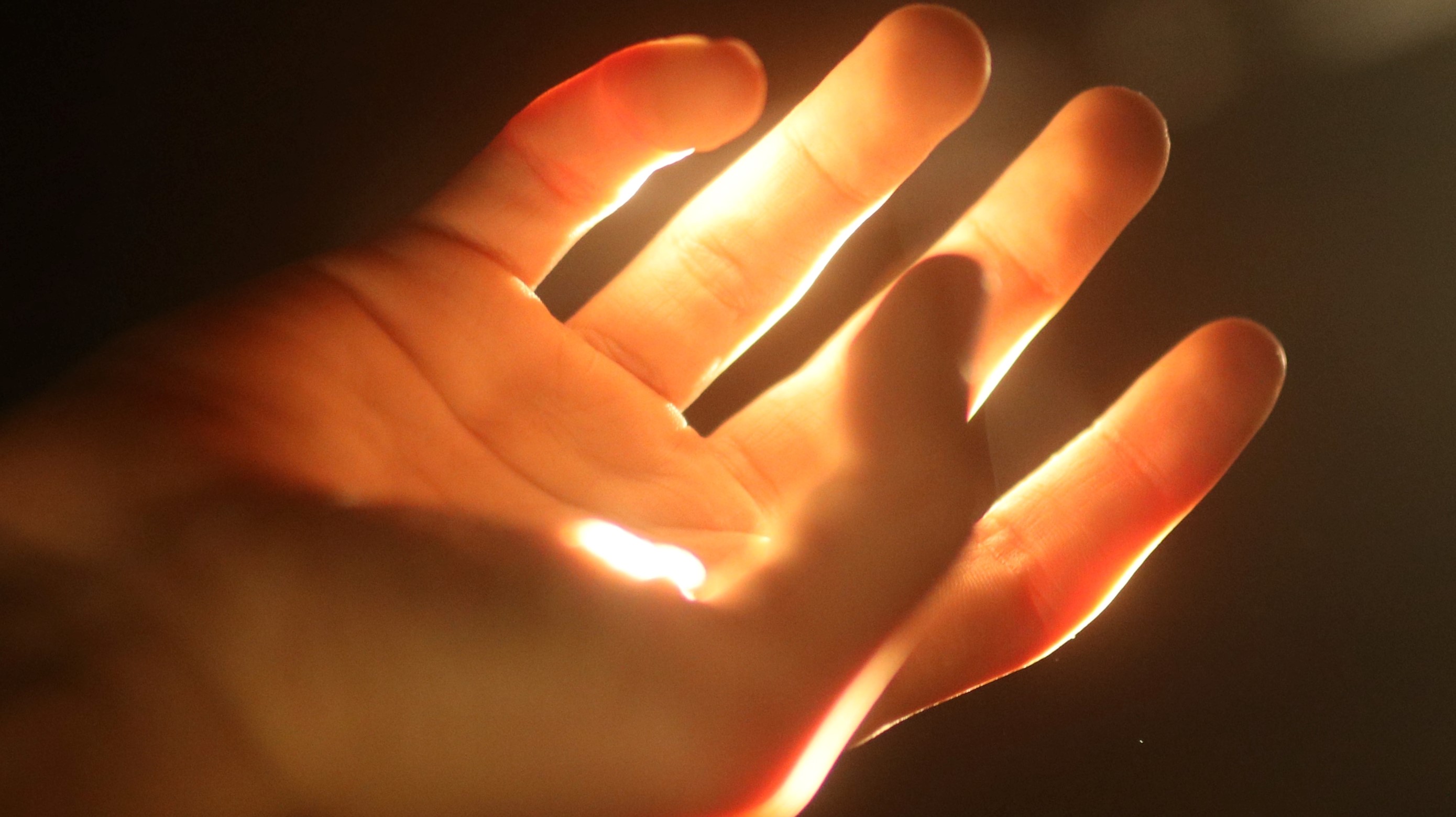
The project is based on the technology of neuroplasticity, which allows replacing one way of perception with another - according to scientists, blind people will be able to "see" the world around them with the help of touch.
The transmission of visual information occurs according to a certain algorithm, having studied which, a person can imagine the depth and outlines of objects and objects in front of him. On a three-dimensional map of the surrounding space, each object is assigned a distance value, and the closer the object is to the blind, the greater the vibration in the corresponding area of the vibration matrix.
“The idea of sensory vision is not new, when we reviewed the literature, we found a 1969 article in the journal Nature, where it was experimentally proved that images generated on a person's back using a matrix of many vibrators can be recognized. During this experiment, a person could read letters and even distinguish silhouettes. And this work inspired me to develop a device for the blind, ”said Dmitry Shitz, head of the optical radiation laboratory at the Fabrika Science and Technology Park of the Immanuel Kant Baltic Federal University.
The principle of operation of the device invented by Dmitry Shitz is very original. The 3D camera reads the surrounding space of the blind patient. The images are sent to a mini computer built into the device, which instantly builds a map of the distance of objects in the field of view.
Then, by means of a special controller and a vibration matrix, this card turns into a chain of vibro-tactile transmissions, which a blind person literally feels on his hand.
Despite the development of the past years, the idea of a device for the blind based on sensory vision is completely original. Employees of the Kant Baltic Federal University have already received a corresponding patent for it.
“At this stage, we have learned how to build a 3D map of the remoteness of objects: we have created a special program for processing the image from a stereo camera, which can also break this image into pixel areas and assign a distance value to each of them,” Schitz said. According to him, a separate and no less difficult task of the project is the development of a controller and vibration array with a good resolution.
The sensory substitution technology was developed in the 60s of the XX century by the American neurophysiologist Paul Bach-u-Rita. It relies on the property of brain neuroplasticity, which allows individual areas of the brain to change under the influence of experience, as well as restore lost connections after damage or develop new connections. In practice, this allows you to learn to replace one way of perception with another.
Read about other technologies for people with disabilities in our blog on Habr: Rehabilitation industry in Russia .
Based on materials from Immanuel Kant Baltic Federal University. Photo: Elia Pellegrini.